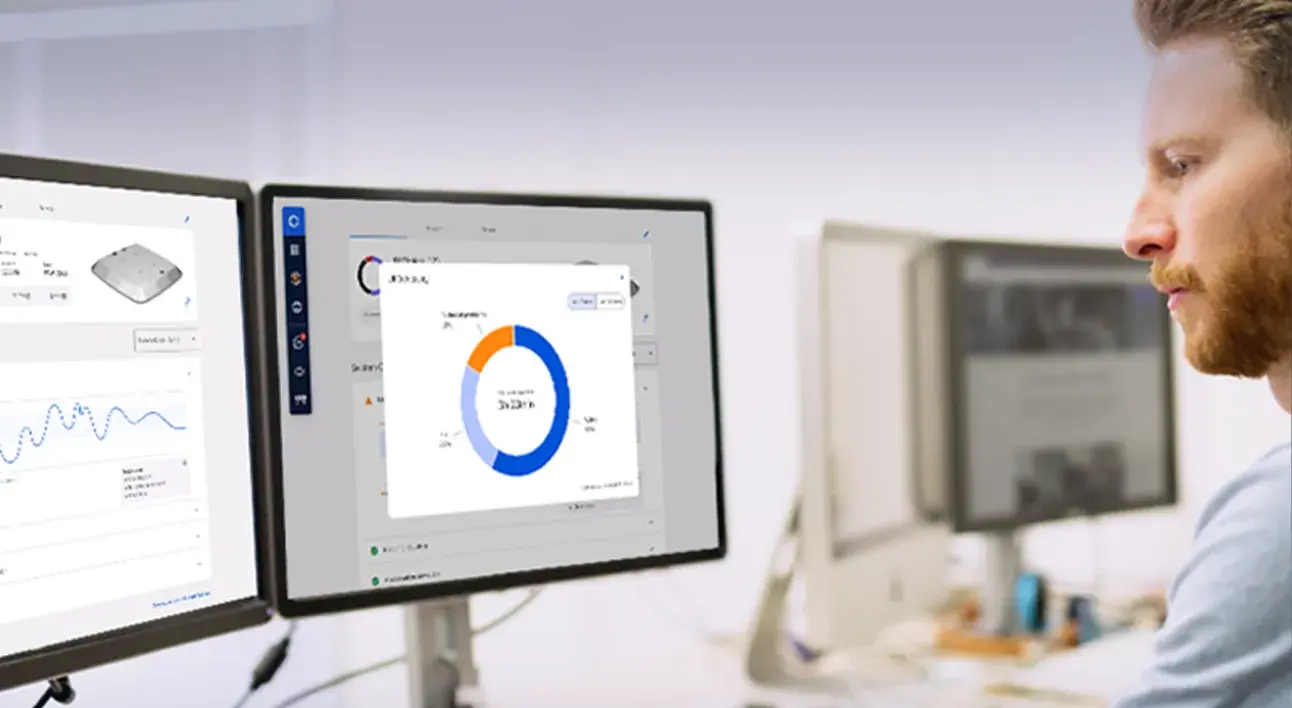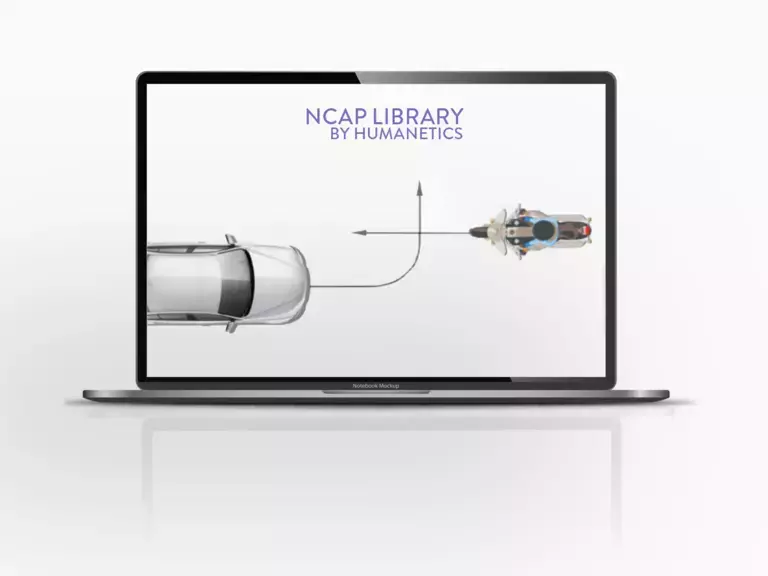The best protection is crash prevention.
A decade ago, predictions of zero road fatalities by 2025 due to autonomous driving were overly optimistic. While this goal wasn't realistic, automated safety systems like Automated Braking Systems have become widespread in new vehicles, helping to avoid collisions.
Active Safety systems are crucial in reducing crashes and saving lives, both for vehicle occupants and vulnerable road users. Testing protocols ensure these technologies' limitations and capabilities are understood, driving innovation and safety improvements.
However, the testing process introduces new challenges to vehicle development, including increased costs, uncertainty, and time. Tests conducted on large proving grounds require meticulous time management, device utilization, and personnel safety.
To push innovation forward without compromising safety or spiraling budgets, the industry must remove as many developmental and testing issues as possible. That means finding efficiencies without cutting corners—a tightrope walk that demands smart tools, better processes, and a relentless focus on quality.
Safety First Humans Optional
As autonomous vehicle technology rapidly advances, the need for comprehensive safety testing and validation has become more critical than ever. The Digital Proving Ground, coupled with innovative solutions like TrackBase Connect®, is transforming the landscape of self-driving vehicle testing, offering unprecedented capabilities to improve safety, management, and validation processes.

The Digital Proving Ground represents a significant leap forward in automotive testing methodology. By combining advanced simulation technologies with real-world testing environments, it provides a controlled, repeatable, and safe platform for evaluating autonomous driving systems. This approach allows manufacturers and researchers to push the boundaries of self-driving technology without compromising public safety.

TrackBase Connect®, developed by Humanetics, plays a pivotal role in this digital transformation. This sophisticated software solution optimizes active safety testing on proving grounds, offering a comprehensive tool for organizing and managing test scenarios, resources, and data. By providing a comprehensive visual representation of the entire proving ground, TrackBase Connect® bridges virtual and physical environments. This integration enables test engineers to optimize space usage and coordinate multiple test teams at the same time.

One of the primary advantages of the Digital Proving Ground and TrackBase Connect® is their ability to simulate a wide range of scenarios that would be difficult, dangerous, or impossible to recreate in real-world conditions. From extreme weather events to complex traffic situations, these tools allow testers to subject autonomous systems to a myriad of challenges, ensuring they can handle even the most unexpected circumstances.

TrackBase Analyze™ is a key advancement for robotic platform management as well, enabling proactive health monitoring and KPI tracking—such as downtime, error states, and active testing time. By automating system diagnostics and delivering actionable insights, it reduces unexpected platform downtime by up to 25% and supports predictive maintenance, resource planning, and remote support. As part of the broader TrackBase Suite, which includes integrated test coordination and infrastructure management, TrackBase Analyze™ is a major step forward in elevating operational efficiency and reliability. This innovation supports the transformation of proving grounds into fully connected, data-driven environments, accelerating the safe and efficient development of advanced ADAS and autonomous vehicle technologies.

To enhance physical control and visibility of robotic platform activities on the proving ground, TrackBase Control™ provides a centralized command platform for advanced vehicle testing. Building on the capabilities of UFObase™, it manages communication, test execution, simulation, and simple trajectory generation. TrackBase Control™ offers real-time control of Humanetics UFOs and access to pre-configured NCAP test scenarios, ensuring efficient, consistent, and up-to-date proving ground operations.
The Humanetics NCAP Library optimizes scenario execution by offering instant access to over 1100 NCAP test scenarios. Seamlessly integrated with Humanetics’ robotic platforms, this subscription-based library accelerates test setup, minimizes manual errors, and ensures up-to-date safety validation. This capability is especially time efficient, as it automates complex scenario management and empowers proving grounds to function as data-driven hubs for advanced vehicle testing. Ultimately, the NCAP Library streamlines the path to safer, more reliable vehicles, reinforcing the proving ground’s role at the forefront of automotive innovation.
Integration is Key
The integration capabilities of TrackBase Connect® further enhance its value in the testing ecosystem. By seamlessly connecting with existing infrastructure, such as rain plants, traffic lights, and weather stations, it creates a holistic testing environment that closely mimics real-world conditions. This digital and hardware integration extends to third-party ADAS equipment that is compliant with the ISO22133 standard, expanding the range of testing possibilities and ensuring compatibility across different systems.
Real-time data sharing and communication features foster improved collaboration among testing teams. This enhanced coordination not only boosts efficiency but also ensures that all stakeholders have access to up-to-date information, critical for making informed decisions during the testing process.

The Digital Proving Ground and TrackBase Connect® are not just about simulating scenarios; they're about creating a more intelligent and responsive physical testing environment. By leveraging AI and machine learning algorithms, these systems can adapt tests in real-time based on the vehicle's performance, focusing on areas that require more attention and potentially uncovering edge cases that might be missed in traditional testing methods.

Comparative Advantage
Compared to traditional testing methods, the Digital Proving Ground approach offers several distinct advantages. While conventional testing is limited in the number and variety of scenarios it can recreate, digital proving grounds can simulate an unlimited number of situations. Traditional methods are often time-consuming and resource-intensive, whereas digital solutions allow for rapid iteration and efficient resource allocation. Moreover, the controlled environment of a digital proving ground significantly reduces the risks associated with testing autonomous vehicles on public roads.
Industry Impact
The introduction of digital proving grounds is reshaping the automotive industry's approach to autonomous vehicle development. Development timelines are being compressed as manufacturers can now conduct thousands of tests in virtual environments before moving to physical prototypes. This virtual process can play a vital role in improving the physical testing of hardware, which is the definitive requirement for validating hardware performance and safety.
This efficiency translates to significant cost savings and accelerates the path to market for new autonomous technologies. Regulators are working closely with industry leaders to establish standards for virtual testing, acknowledging its potential to enhance overall vehicle safety.
The Road Ahead
As the automotive industry continues its march towards full autonomy, the role of comprehensive testing solutions becomes increasingly crucial. The Digital Proving Ground, enhanced by solutions like TrackBase Connect®, represents a significant step forward in this domain, offering a blend of virtual and physical testing capabilities that are essential for validating the safety and reliability of self-driving technologies.
By providing a controlled yet flexible environment for testing, these solutions enable manufacturers to iterate quickly, address potential issues early in the development process, and ultimately bring safer autonomous vehicles to market. As we stand on the cusp of a transportation revolution, tools like TrackBase Connect® are not just facilitating the development of self-driving cars, they're helping to ensure that when these vehicles do hit the roads en masse, they will do so with the highest possible safety standards.

The digitization of the proving ground is pivotal in bridging the gap between simulation and real-world testing, offering a complementary solution for validating and improving the performance of hardware in self-driving technologies. As these tools continue to evolve, they will play an increasingly important role in shaping the future of autonomous vehicle safety, bringing us closer to a world where self-driving cars are not just a possibility, but a safe and reliable reality.
UP NEXT: If safety is our shared mission, how might we reimagine industry partnerships—not as transactions, but as ecosystems of trust and innovation—where collective breakthroughs outpace individual progress?
Our 'Safety as a Mission' article series covers several key topics in advancing safety technology to save lives. Click the articles below to continue reading about 'Safety as a Mission:
- Part 1: Embracing the Integrated Ecosystem
- Part 2: Our Shared Mission is to Prevent Millions from Dying
- Part 3: A Vision Inspires Hope. A Mission Demands Action
- Part 4: Equitable Design: Design for Every Body
- Part 5: Pedestrians Take a Hit
- Part 6: Next Generation ATDs & the Connected Lab
- Part 7: Welcome to the Proving Grounds: Smart Testing for Crash Prevention
- Part 8: Partnership as an Accelerator: The Agile Model of Development
- Part 9: Conclusion: Safety as a Mission: The Need for Action.
Want to Read More?
Subscribe to the Humanetics Pulse newsletter to learn more about safety as a mission and the full ecosystem.

Barney Loehnis
Barney is the President of Humanetics Sensors & Chief Marketing Officer, leading our Sensor group and marketing growth programs, strategic communications, and customer experience design. He has led marketing and digital transformations in Europe, Asia and the USA in B2B, B2C and agency sectors, for clients like IBM, VW, Huawei, Qualcomm and Mercer Consulting. Barney is a British and American citizen, a bad runner and avid cook.
